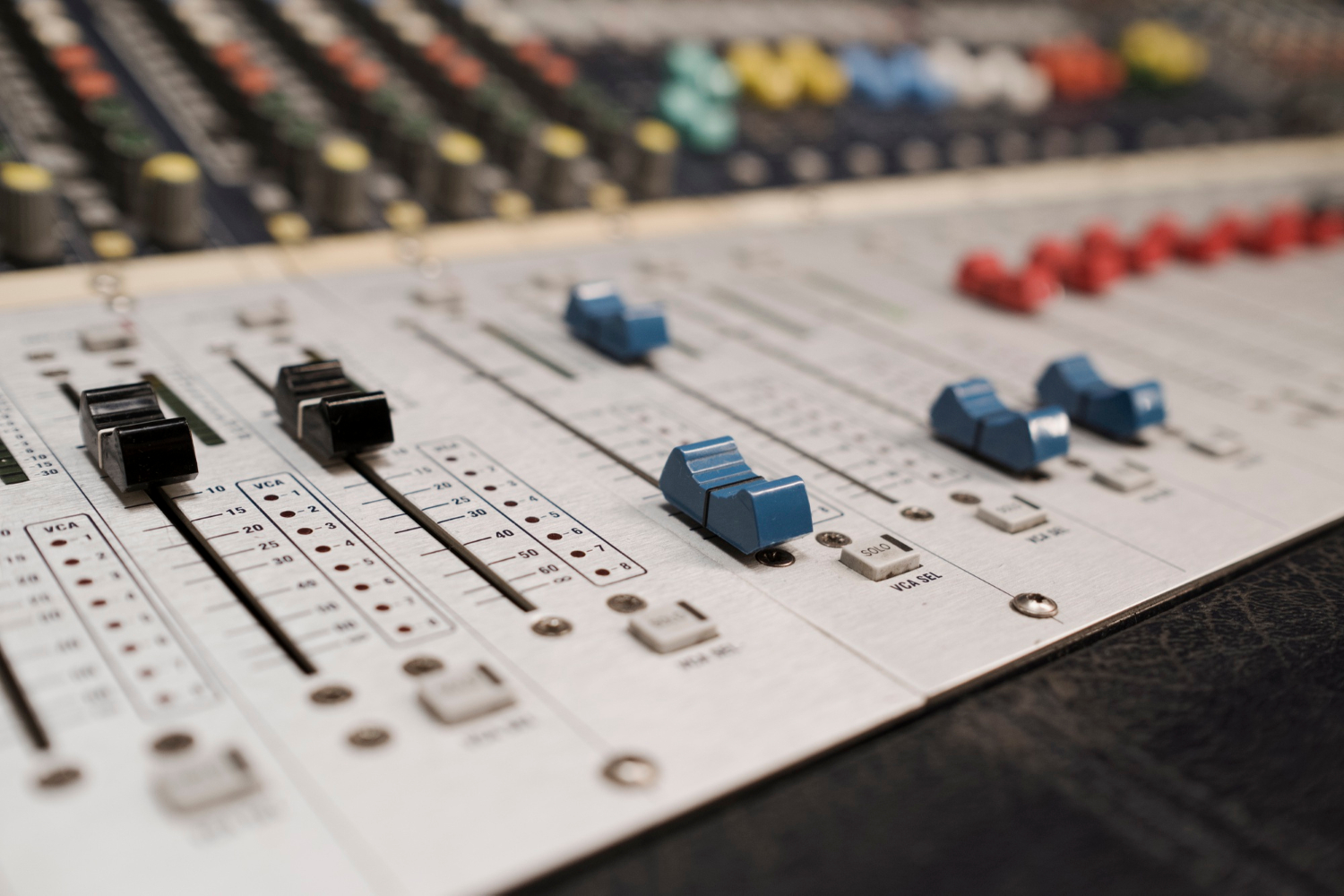M+E Connections

Key Code Provides Update on Live Audio Trends
Story Highlights
Key Code Media provided a high-level update of the advancements that have been made in Live Audio Systems over the past 10 years during the webinar “Live Audio Trends in 2024: Evaluating Mixers, Wireless, and More,” on Feb. 22.
The goal was to help viewers gain a broad understanding of current audio technology, the company said.
“We’ve been seeing a lot of churches, performance centers and corporate production facilities scratching their head as they consider long overdue upgrades to their live audio systems,” according to Jon Connolly, senior solutions architect at Key Code Media.
 “The first questions asked is, ‘what’s changed?’ Well, a lot, let me tell you,” Connolly said during the webinar. It’s like explaining the difference between a new smartphone and your old flip phone.”
“The first questions asked is, ‘what’s changed?’ Well, a lot, let me tell you,” Connolly said during the webinar. It’s like explaining the difference between a new smartphone and your old flip phone.”
Key Code Media decided to gather its team of audio engineers and “dove deep into the latest generation of digital mixers, wireless microphones and speakers,” he told viewers.
“Digital audio mixers have become the de facto standard for any application, large or small. They offer advantages such as better signal processing, flexible routing, the ability to store and recall settings, ease of use with optional mobile apps and they’re intuitive to use. The good news: You don’t need to be an audio pro to operate this gear.
These newer systems can be intuitive enough for a student or volunteer to get up to speed on the basics quickly.”
Meanwhile, he said: “When it comes to simplifying these systems, your familiar cable spaghetti can now be narrowed down to a few ethernet cables. Yes, that’s right: ethernet cables.”
Comprehensive Digital Signal Processing (DSP) “eliminates large amounts of external gear, thereby significantly reducing costs, as well as allowing you to achieve that warm analog sound if you’d like,” he noted.
He then moved on to connectivity, saying, “How does all this gear talk to each other? A term you may have heard about, audio over IP, sends multichannel audio over an ethernet cable. There are a few common IP-based audio protocols, Dante and AVB being the most common. A host of manufacturers support these protocols with microphones, speakers, converters and expanders: basically anything in the audio ecosystem.”
 He added: “With this technology you can connect that 1632 or whatever channel stage box filled with your wired microphones, guitars, drum kits and more to your front-of-house console on a single … cable. This reduced cabling significantly lowers installation costs while increasing routing functionality.”
He added: “With this technology you can connect that 1632 or whatever channel stage box filled with your wired microphones, guitars, drum kits and more to your front-of-house console on a single … cable. This reduced cabling significantly lowers installation costs while increasing routing functionality.”
He then provided an example, saying: “Perhaps you’re a school or a corporate campus. You could theoretically build a digital ready podium on wheels that could be dragged from classroom to auditorium. Connect the podium to any ethernet port on your LAN network, and now that digital mixer located halfway across the campus could still be managing the channels of audio without rewiring it today. That leads to presets. With the move to a modern digital mixer, you can pre-configure the mixer for a variety of different use cases. Perhaps you have an auditorium that has an orchestra performing with a large amount of microphone inputs, only to be followed by a drama class that uses a mix of the same and different microphones.”
He added: “Within a few button pushes on the screen, you can quickly jump back and forth between these pre-configured setups. This is a huge time saver. Combining presets gets really powerful when you connect all of your audio IP network. For example, the college athletics video department can set up a preset for a stage box setup in the basketball court, with another stage box on the football field. Your video controller can quickly switch back and forth between these preset sources on the network, allowing you to potentially live stream one event and then quickly move to the next.”









